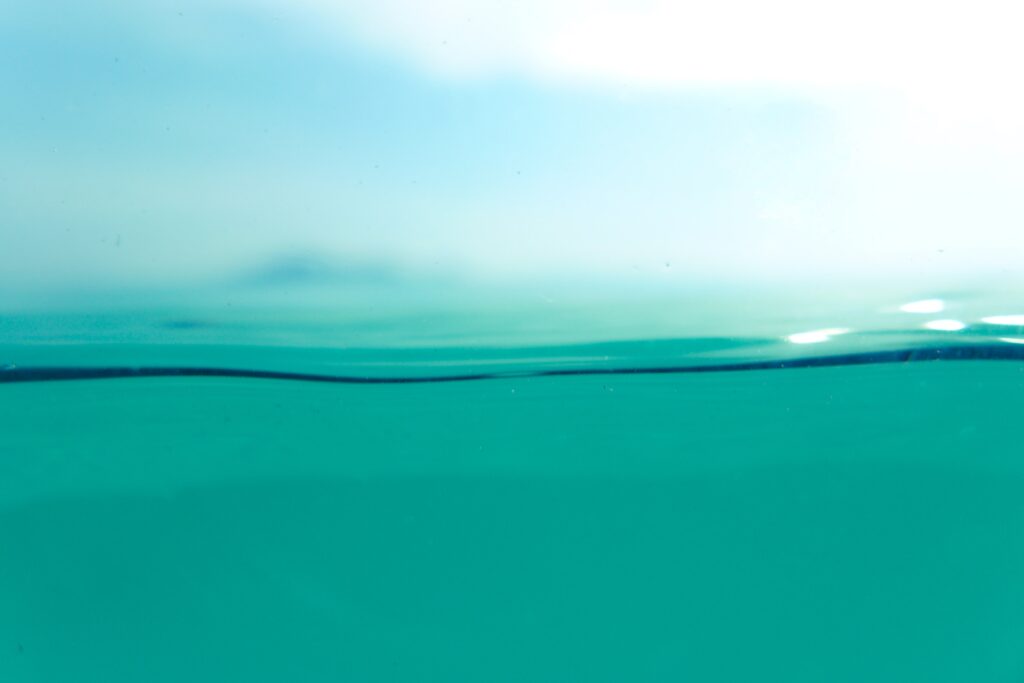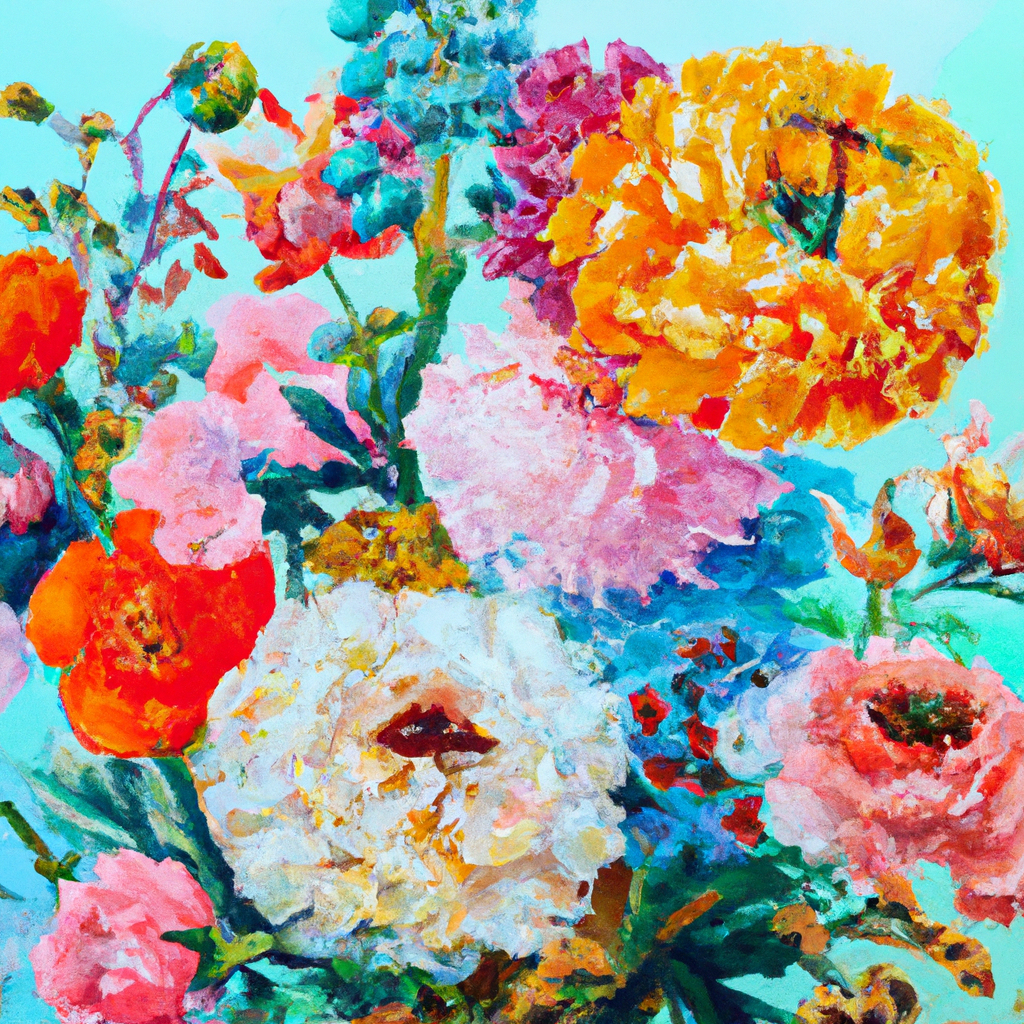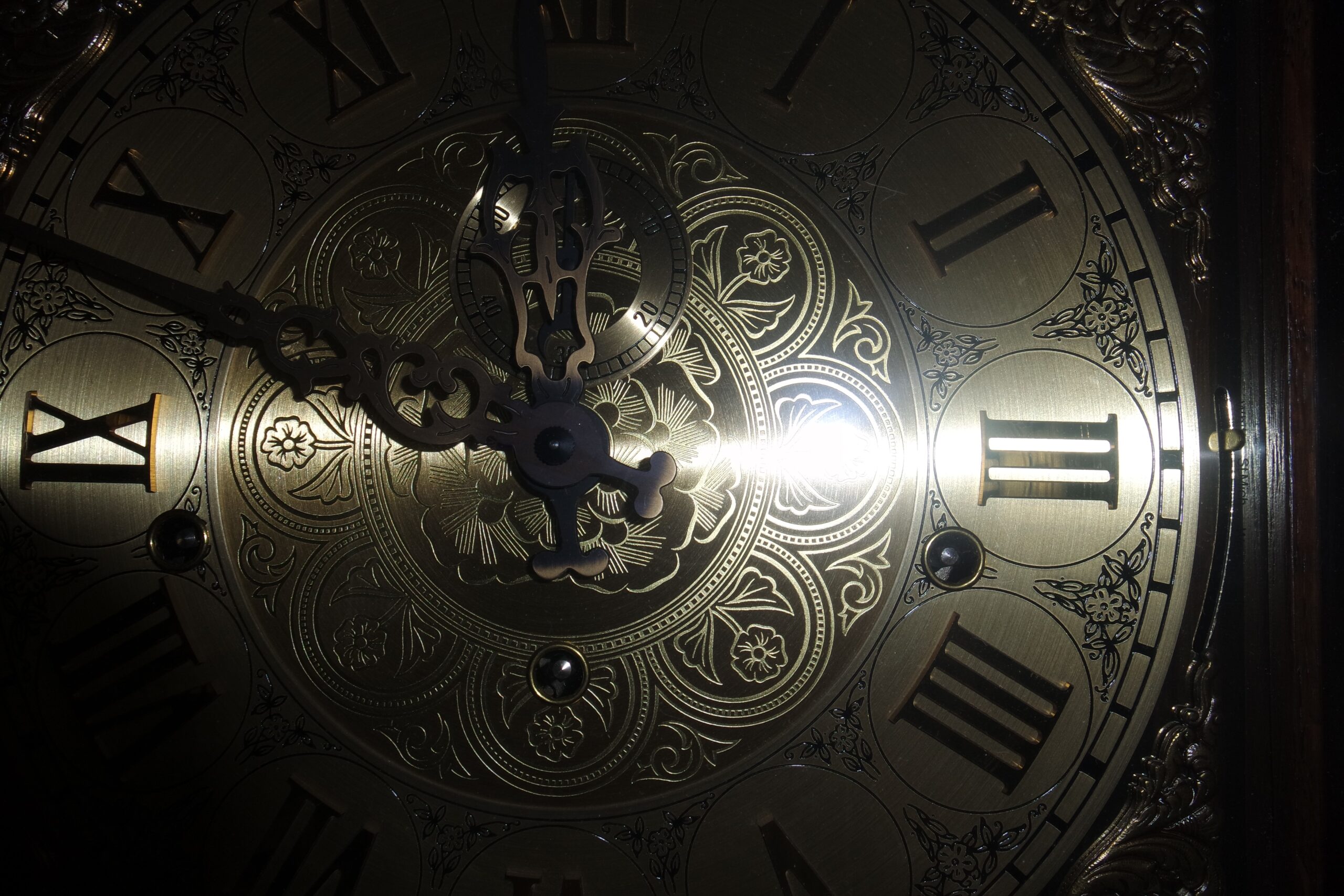In this article, you will discover a comprehensive guide on how to effectively reactivate gouache paint. Gouache paint is a unique medium that can sometimes dry out quickly, leading to frustration for artists. However, with the right techniques and materials, you can easily bring back the vibrancy and smooth consistency of your gouache paint. Whether you are a beginner or an experienced artist, these step-by-step instructions will equip you with the knowledge to revive your dried-up gouache paint and continue creating stunning artworks.

This image is property of images.unsplash.com.
Why Would Gouache Paint Need to Be Reactivated?
Gouache paint is a popular medium among artists due to its vibrant colors and versatility. However, one common issue that artists face when working with gouache is the paint drying out. Gouache paint consists of pigment, a binder, and additives like water and glycerin. When the water evaporates from the paint, the binder and pigments become dry, making it difficult to work with.
Reactivating gouache paint is necessary to restore its smooth and creamy consistency, allowing artists to continue working on their artwork. There are various methods and techniques that can be employed to reactivate dried gouache paint, ranging from adding water to using mediums specifically designed for this purpose.
Gouache Paint: A Brief Overview
Before discussing how to reactivate gouache paint, it is important to understand what gouache paint is and its unique properties. Gouache paint, also known as opaque watercolor, is similar to traditional watercolor but with added opaque properties. It is known for its high pigment concentration, strong color intensity, and the ability to create precise, detailed artwork. Gouache paint consists of finely ground pigments mixed with a water-soluble binder, typically gum arabic, resulting in a creamy and opaque consistency.
Gouache paint can be diluted with water to create transparent washes or used directly from the tube for a more solid and vibrant finish. It is popular among artists for its versatility, as it can be used for both wet-on-wet and dry brush techniques. However, due to its water-based nature, gouache paint can dry out quickly if not properly sealed and stored.
Common Reasons for Gouache Paint Drying Out
There are several factors that can contribute to gouache paint drying out:
-
Exposure to air: Gouache paint can dry out when exposed to air for an extended period. This can happen if the paint tube is not properly sealed or if the paint is left uncovered on a palette.
-
Evaporation of water content: Gouache paint contains water as a part of its formulation. When this water content evaporates, the paint becomes dry and difficult to work with.
-
Inadequate sealing of paint tubes: If the paint tubes are not sealed properly, air can enter and accelerate the drying process of the paint.
-
Lack of moisture control: Gouache paint requires a certain level of moisture to remain workable. If the environment is too dry, the water content in the paint will evaporate quickly, causing the paint to dry out.
By understanding these common reasons for gouache paint drying out, artists can take preventive measures to ensure the paint remains in a suitable working condition. However, in cases where the paint has already dried, reactivating techniques can be employed to restore its original consistency.
Methods to Reactivate Gouache Paint
There are several methods and techniques that artists can use to reactivate dried gouache paint. Each method offers its own advantages and considerations, depending on the individual artist’s preferences and the extent of the paint’s dryness. Here are ten effective methods to reactivate gouache paint:
1. Spraying with Water
One of the simplest methods to reactivate gouache paint is by spraying it with water. This method is particularly useful when the paint has only slightly dried out or formed a dry crust on the surface. Using a fine mist spray bottle, lightly spray water evenly over the dried paint. Allow the water to soak into the paint for a few minutes, then gently mix the paint with a brush to restore its creamy consistency.
2. Adding Glycerin
Glycerin can be added to dried gouache paint to help rehydrate it and improve its workability. Start by adding a few drops of glycerin to the dried paint and mix it thoroughly using a palette knife or brush. The glycerin should help soften the dried paint and restore its moisture. Be cautious not to add too much glycerin as it can alter the characteristics of the paint and make it more transparent.
3. Using a Wet Palette
A wet palette can be an effective tool for reactivating gouache paint. A wet palette consists of a shallow container filled with water and a layer of absorbent paper or palette paper on top. Place the dried gouache paint on the wet palette, allowing the moisture from the paper to slowly rehydrate the paint. This method is particularly useful when working on extended projects as the paint can remain moist for an extended period.
4. Utilizing a Palette Spray
Palette sprays are specifically formulated to reactivate and rejuvenate dried gouache paint. These sprays are designed to add moisture to the paint without compromising its quality. Simply spray a fine mist of the palette spray onto the dried paint and allow it to sit for a few minutes. Then, gently mix the paint to restore its original consistency.
5. Blending with Mediums
Gouache mediums are available in the market to aid in the reactivation of dried gouache paint. Mediums such as gouache medium, gum arabic, or even watercolor medium can be added to the paint to rehydrate and improve its workability. Follow the instructions on the specific medium and gradually add it to the dried paint while mixing with a brush until the desired consistency is achieved.
6. Gentle Heat Application
Applying gentle heat to dried gouache paint can help reactivate it. This can be done using a hairdryer on its lowest heat setting or by placing the paint in a warm environment. Heat will aid in softening the dried paint, making it easier to mix and work with. Be cautious not to expose the paint to excessive heat, as it can damage the pigments or alter the consistency of the paint.
7. Mixing with Acrylic Retarder
Acrylic retarder, a medium used in acrylic painting, can also be used to reactivate dried gouache paint. Add a few drops of acrylic retarder to the dried paint and mix it thoroughly. The retarder will help slow down the drying time of the paint and make it easier to blend and work with.
8. Employing a Humidifier
Using a humidifier in your studio or workspace can help maintain a suitable level of moisture in the air, preventing gouache paint from drying out quickly. The humidifier will create a more humid environment, allowing the paint to remain workable for longer periods. This method is particularly beneficial in dry climates or during the winter season when the air tends to be drier.
9. Store Gouache Paint Tubes Upside Down
To prevent the paint from drying out in the first place, it is recommended to store gouache paint tubes upside down. This helps create a seal at the opening of the tube, preventing air from entering and drying out the paint. Additionally, storing the paint tubes upside down allows gravity to aid in keeping the paint moist and ready for use.
10. Experiment with Alternative Reactivation Methods
In addition to the more traditional methods mentioned above, artists can also experiment with alternative reactivation methods to suit their unique preferences and circumstances. Some artists have found success by using additives such as honey or glycerin mixed with water, while others have tried reactivating dried gouache paint by adding small amounts of rubbing alcohol. It is essential to thoroughly research and test these alternative methods to ensure they do not negatively affect the quality or longevity of the paint.
By employing these various methods to reactivate dried gouache paint, artists can salvage and continue to create with their beloved medium, avoiding waste and unnecessary expenses.

This image is property of images.unsplash.com.
Tips for Reactivating Gouache Paint
While reactivating dried gouache paint, there are several important tips to keep in mind to achieve the best results:
1. Test a Small Amount First
Before reactivating the entire dried portion of gouache paint, it is advisable to test a small amount. This will help determine the effectiveness of the reactivation method and allow for adjustments if needed. It is always better to experiment on a small scale rather than risk ruining the entire paint tube.
2. Gradually Add Water or Mediums
When reactivating gouache paint, it is crucial to add water or mediums gradually. Adding too much water or medium at once can result in the paint becoming too diluted or losing its desired consistency. By adding small increments, artists can control the rehydration process and achieve the ideal consistency.
3. Avoid Overworking the Paint
While reactivating dried gouache paint, it is important to avoid overworking the paint. Overworking can lead to the paint becoming muddy or losing its vibrancy. Mix the reactivated paint just enough to achieve a smooth and consistent texture without excessive stirring or blending.
4. Store Reactivated Gouache Paint Properly
Once the gouache paint has been successfully reactivated, it is essential to store it properly to prevent it from drying out again. Seal the paint tubes tightly, ensuring no air can enter. If using a palette, cover it with plastic wrap or airtight containers to maintain the moisture content of the paint. Proper storage will help prolong the life and workability of the reactivated gouache paint.
Preventive Measures to Avoid Paint Drying Out
While knowing how to reactivate dried gouache paint is important, it is equally crucial to take preventive measures to avoid the paint from drying out in the first place. By implementing these preventive measures, artists can ensure that their gouache paint remains in optimal condition for future use:
1. Ensure Proper Tube Sealing
Always check that the paint tubes are properly sealed after each use. Squeeze out any excess air and ensure the cap is tightly closed. This will significantly reduce the chances of air entering the tube and drying out the paint.
2. Clean and Maintain Paintbrushes
Regularly clean and maintain paintbrushes used with gouache paint. Leftover paint on the brush can dry and contaminate the remaining paint in the tube. Thoroughly clean the brushes with water and mild soap after each use to remove any residual paint and prevent it from contaminating the fresh paint.
3. Store Paint Tubes in a Cool and Dark Place
Store gouache paint tubes in a cool and dark place, away from direct sunlight or heat sources. Excessive heat or light exposure can accelerate the drying process of the paint. A dry and cool environment will help maintain the paint’s workable consistency and extend its shelf life.
4. Use Airtight Containers
When working with gouache paint on a palette, use airtight containers to store excess or mixed paint. Airtight containers prevent air from reaching the paint, allowing it to remain moist and ready for future use.
5. Mix Sufficient Paint for a Session
To avoid wasting paint and minimize the chances of it drying out, only mix or squeeze out the amount of gouache paint needed for a specific painting session. This will help prevent any excess paint from drying out while sitting unused.
6. Keep Gouache Paint Covered While Working
When taking breaks or not actively using the paint, cover the gouache paint palette or mixing area with plastic wrap or airtight lids. This will prevent the paint from drying out due to exposure to air.
7. Clean Palette Regularly
Regularly clean the palette used for mixing gouache paint. Dried or hardened paint on the palette can contaminate fresh paint and make it difficult to work with. Clean the palette after each use to remove any dried paint, ensuring a clean surface for future mixing.
By implementing these preventive measures, artists can maintain the workability and longevity of their gouache paint, minimizing the need for extensive reactivation methods.

This image is property of images.unsplash.com.
Conclusion
Reactivating dried gouache paint is a common challenge faced by artists who work with this wonderful medium. By understanding the reasons behind the paint drying out and having knowledge of effective reactivation methods, artists can continue to use and enjoy their gouache paint without unnecessary waste or expenses. Additionally, by taking preventive measures and properly storing gouache paint, artists can minimize the occurrence of paint drying out in the first place. Remember to experiment and find which reactivation methods work best for your specific needs and preferences. With the right techniques and care, gouache paint can remain a reliable and vibrant tool for artistic expression.



